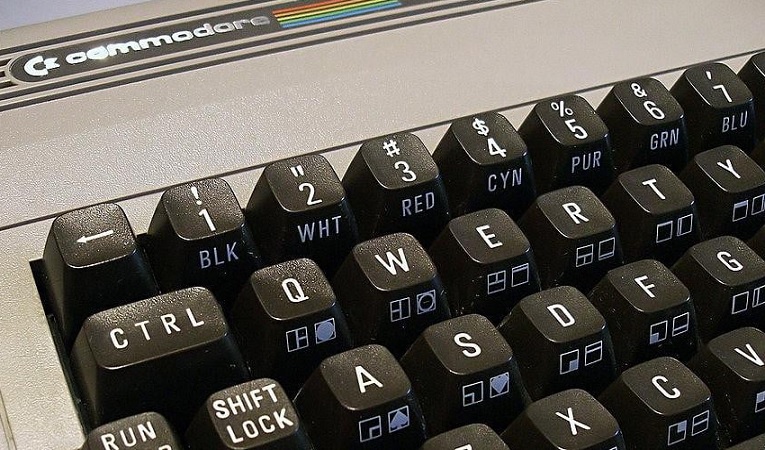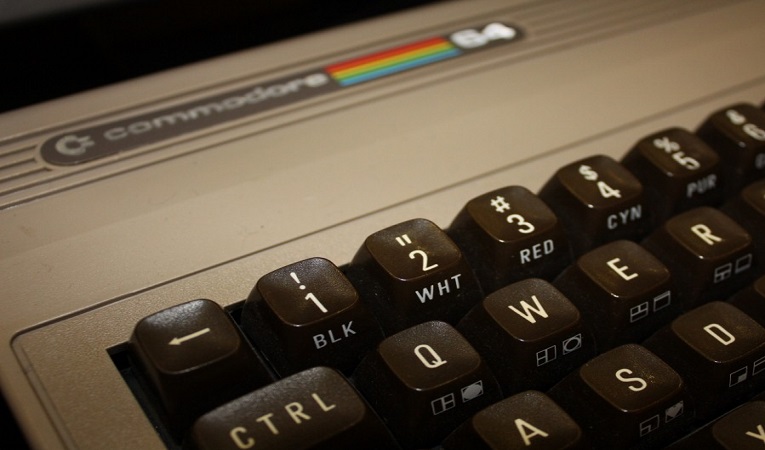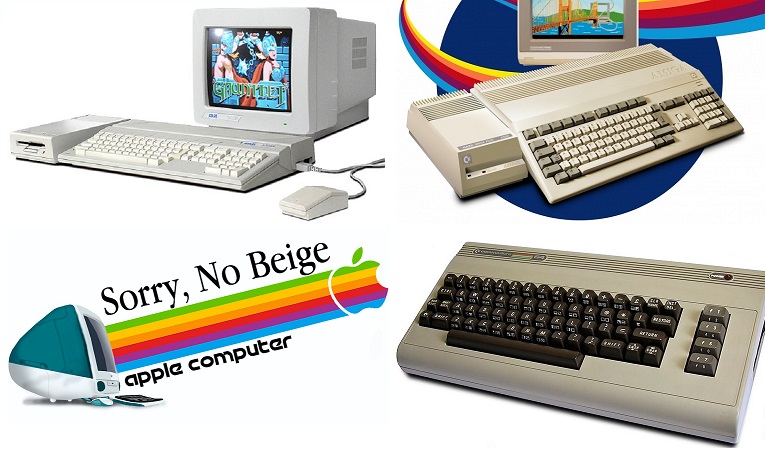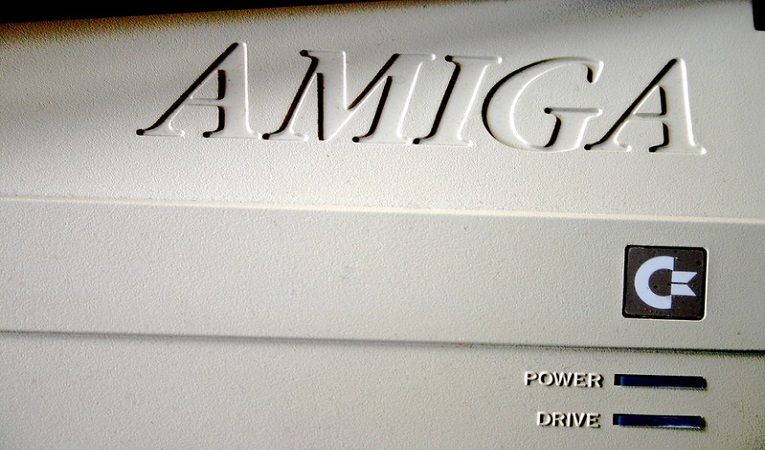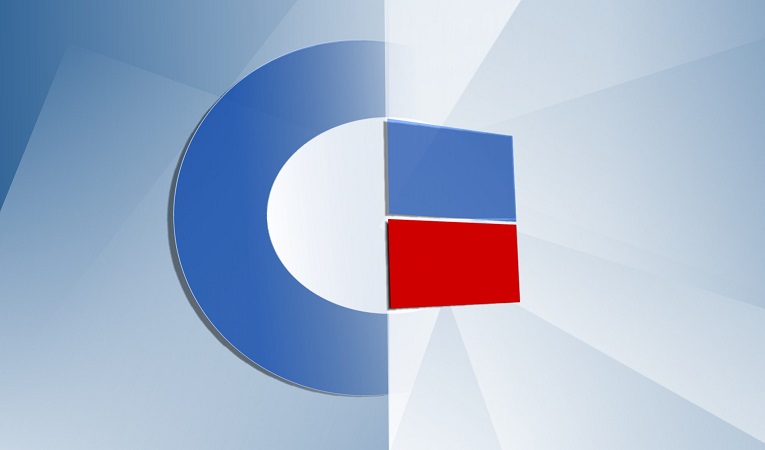
The Amiga was a personal computer that was released in the mid-1980s and was known for its strong multimedia capabilities, including advanced graphics and sound capabilities. It emerged at a time when the Macintosh was facing declining sales and the PC was becoming increasingly popular for business and productivity tasks. However, the Amiga positioned itself as a machine that could be used for entertainment and creative purposes, while also being able to handle more traditional computing tasks. The Amiga was developed by a group of engineers and designers who had previously worked at companies such as Atari. They created the Amiga as a new type of personal computer that could excel in multimedia and creative tasks. Commodore, which was at the time, a struggling company and its Commodore 64 home computer was losing market share, saw the potential of the Amiga and purchased the company to gain access to the technology and use it to revitalize their business. They invested in marketing and distribution of the Amiga to help establish it as a viable alternative to the Macintosh and PC. The Amiga was notable for its advanced graphical user interface (GUI), which was similar to the Macintosh’s, but it also had the ability to run multiple programs simultaneously.
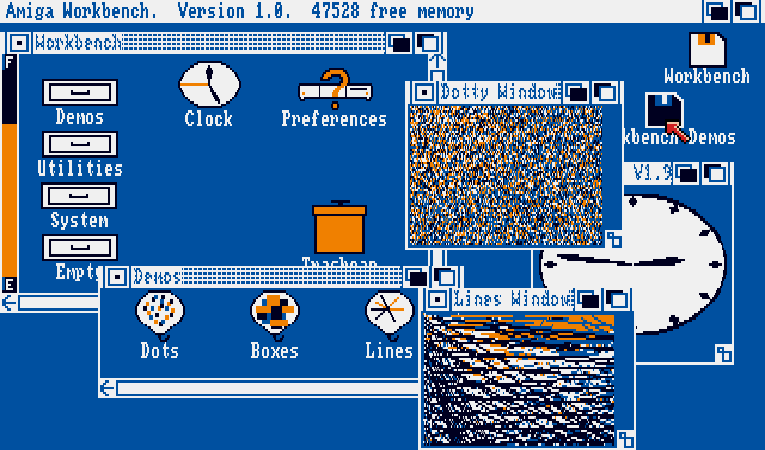
This was due to its advanced multitasking operating system, which allowed multiple programs to be run concurrently, rather than having to close one program to open another. This made the Amiga more efficient and versatile than other personal computers of the time. While the Macintosh and PC eventually adopted similar multitasking capabilities, the Amiga was one of the first personal computers to feature this technology. The Amiga had a high-resolution graphic display that was similar to the Macintosh, but it also had the ability to display color. It was capable of displaying more colors than the PC and had a variety of graphics programming tools that made it easier for users to create and manipulate images. Additionally, the Amiga featured built-in stereo sound capabilities, which was a significant improvement over the simple sounds produced by the Macintosh and the limited beeping and buzzing capabilities of the PC. This made the Amiga particularly well-suited for multimedia and creative tasks. So what went wrong? One of the main reasons why the Amiga did not become as successful as it could have was because Commodore took a long time to release stable system software and programming tools for the Amiga.
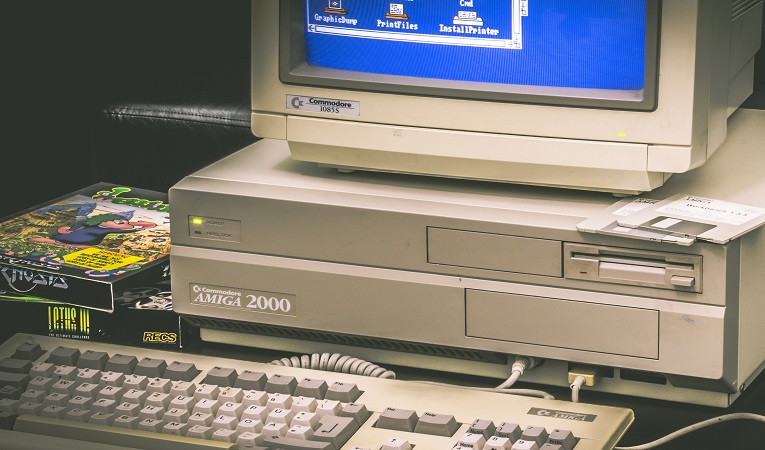
This made it difficult for developers to create high-quality software for the platform, which limited the number of available applications for users. Without a wide range of software, it was hard to attract and retain customers, which ultimately hindered the Amiga’s success in the market. Another issue that contributed to the Amiga’s lack of success was Commodore’s failure to release timely upgrades to the platform. As the Macintosh and PC continued to advance with faster processors, more memory, and larger disk drives, the Amiga did not keep pace. The original Amiga 1000 was eventually succeeded by the Amiga A2000, A3000 and A4000 which had more memory and disk storage, but these updates were not enough to keep the platform competitive and the price of the A3000 and A4000 was to expensive compared to the new generation of Apple and PC computers. Furthermore, as the Macintosh and PC continued to improve in graphics, sound and OS capabilities, the Amiga was no longer at the forefront of these technologies, which further reduced its appeal to consumers and developers. This lack of innovation and lack of upgrades made the Amiga less attractive and less competitive in the market.
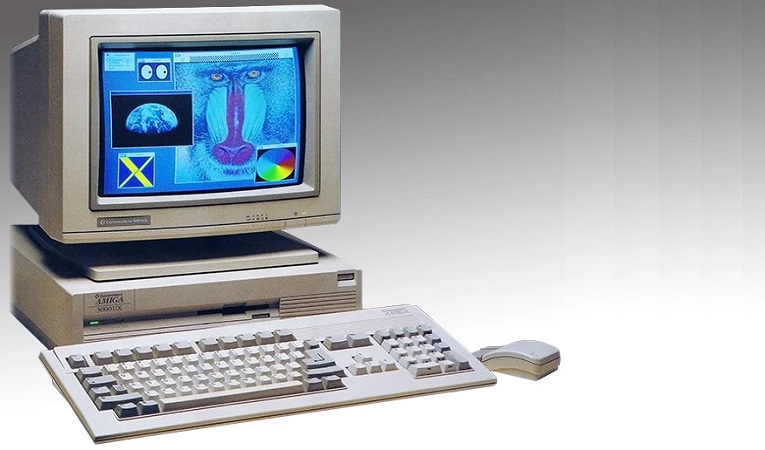
Another big disaster was that Sun Microsystems, a major UNIX vendor, had expressed interest in rebadging the Amiga 3000UX as an entry-level UNIX workstation. This would have been a significant opportunity for the Amiga platform to expand its market reach and appeal to a wider range of professional users. However, Commodore declined this big deal! This was one of the worst missed opportunity for the Amiga platform and could have potentially changed the outcome of the Amiga’s fate in the professional market. It is reported that at one point during its decline, Commodore made the decision to fire many or almost all of its Amiga engineers, which was a significant setback for the platform. This decision was apparently made for no discernible reason, and it left the Amiga without the expertise and resources needed to continue its development and growth. Another factor that contributed to the Amiga’s decline was Commodore’s lack of attention and support for the platform’s dealers, developers, and owners. This included a lack of communication and engagement with the Amiga community, as well as a lack of resources and support for developers creating software for the platform. This lack of concern and attention from Commodore led to a loss of confidence in the platform and the company among the Amiga community, which further hindered the Amiga’s success in the market. As a result, the Amiga struggled to attract and retain customers and developers, ultimately leading to its decline.
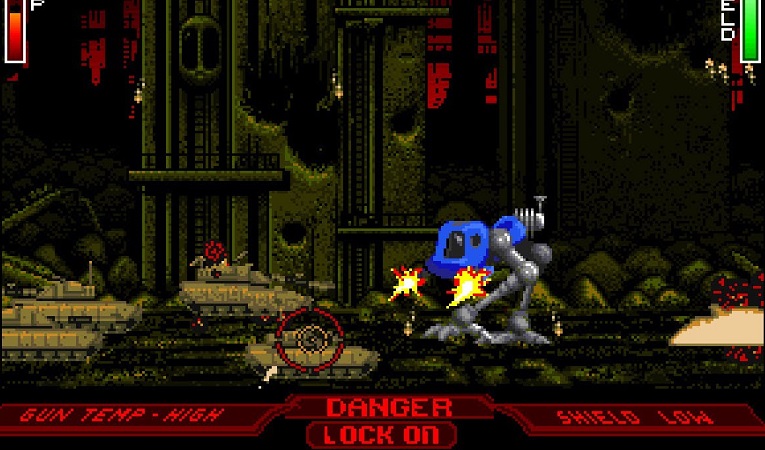
The Amiga had a large library of games(3000+) available, ranging from arcade-style action games to sports and puzzle games. Some of the most popular Amiga games included classics such as “Lemmings,” “Shadow of the Beast,” “Turrican,” “Elite,” and “The Secret of Monkey Island.” The Amiga’s advanced graphics and sound capabilities also made it a popular platform for the demoscene, where users would showcase their programming and multimedia skills. However, Apple and Microsoft understood where the real money was to be found and Commodore just failed to growup and the Amiga will always be associated with an undeserved reputation of just being a great gaming computer of the 80’s and 90’s. Commodore after Jack Tramiel (co-founder of Commodore) was a disaster and only survived because of the Amiga computer system and ended by killing it. How sad….
news source: Generationamiga.com





